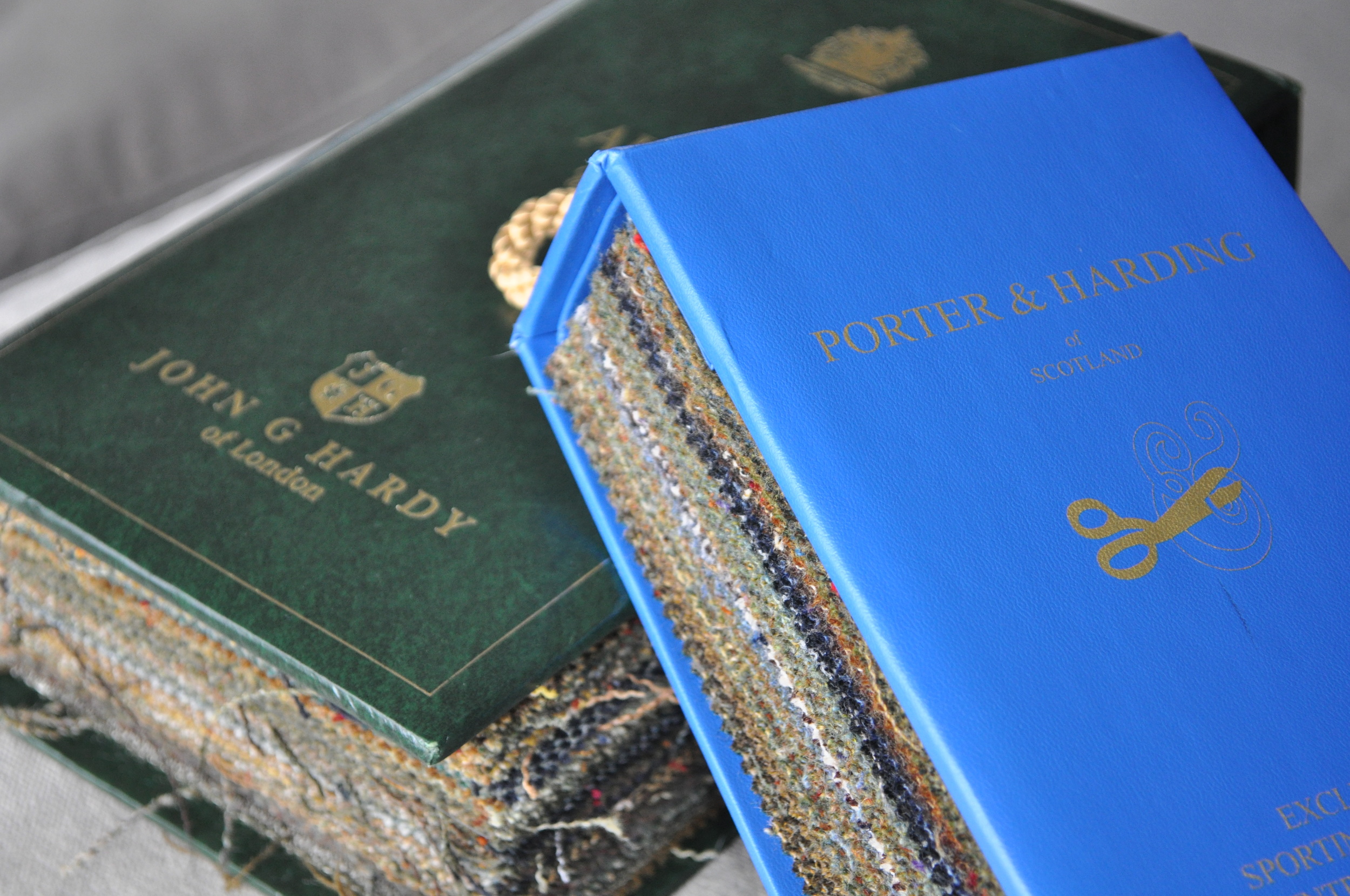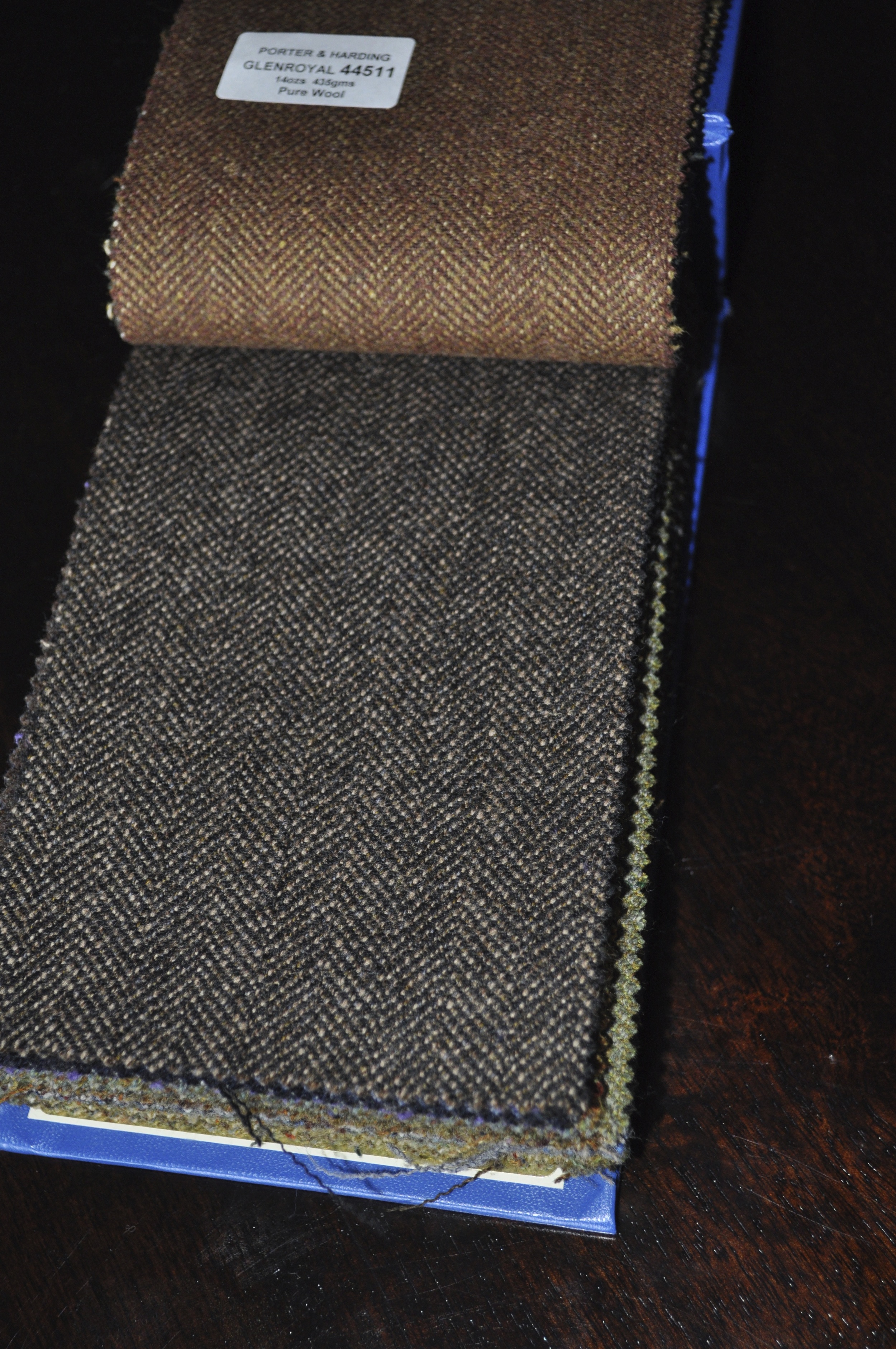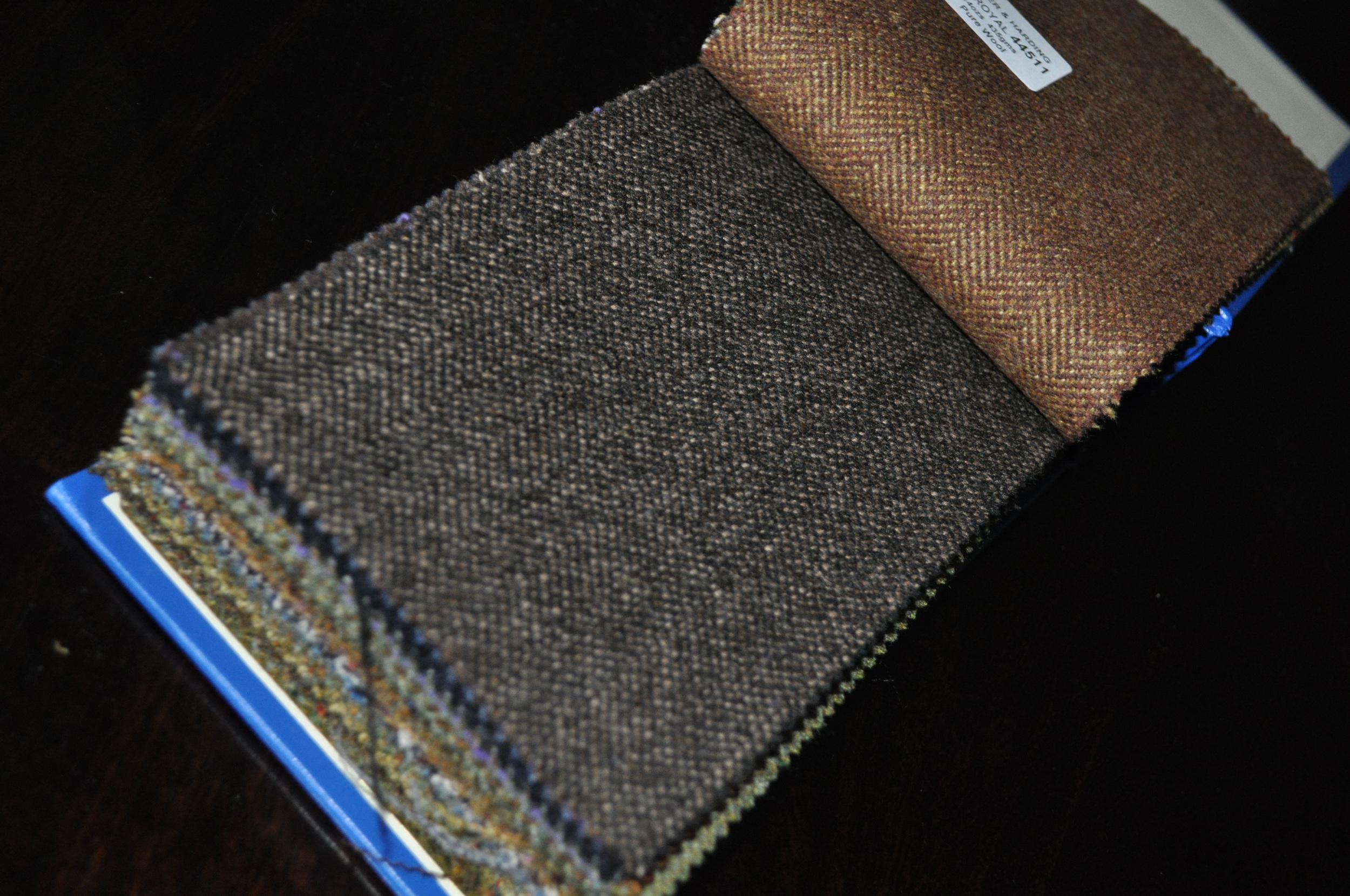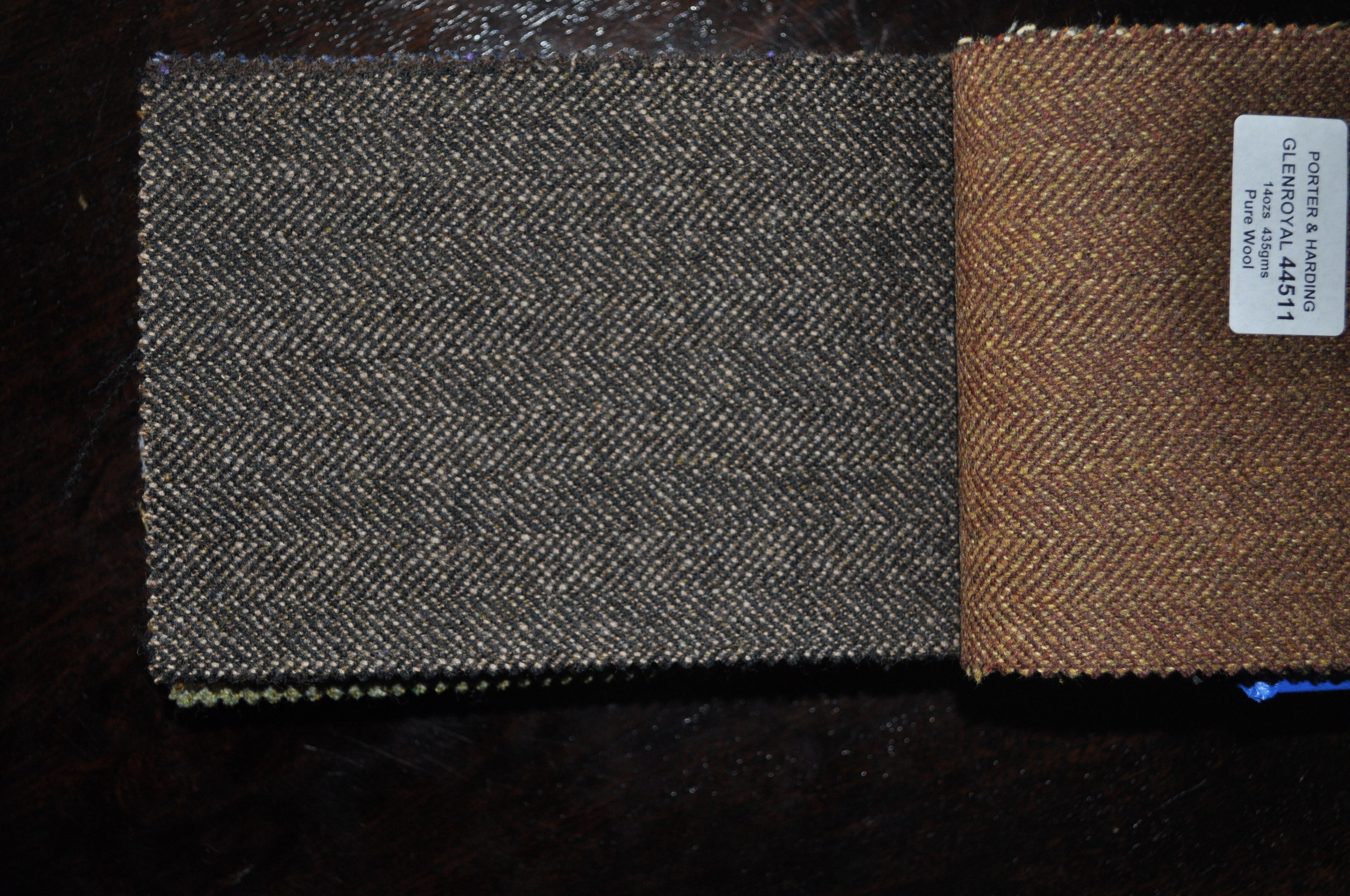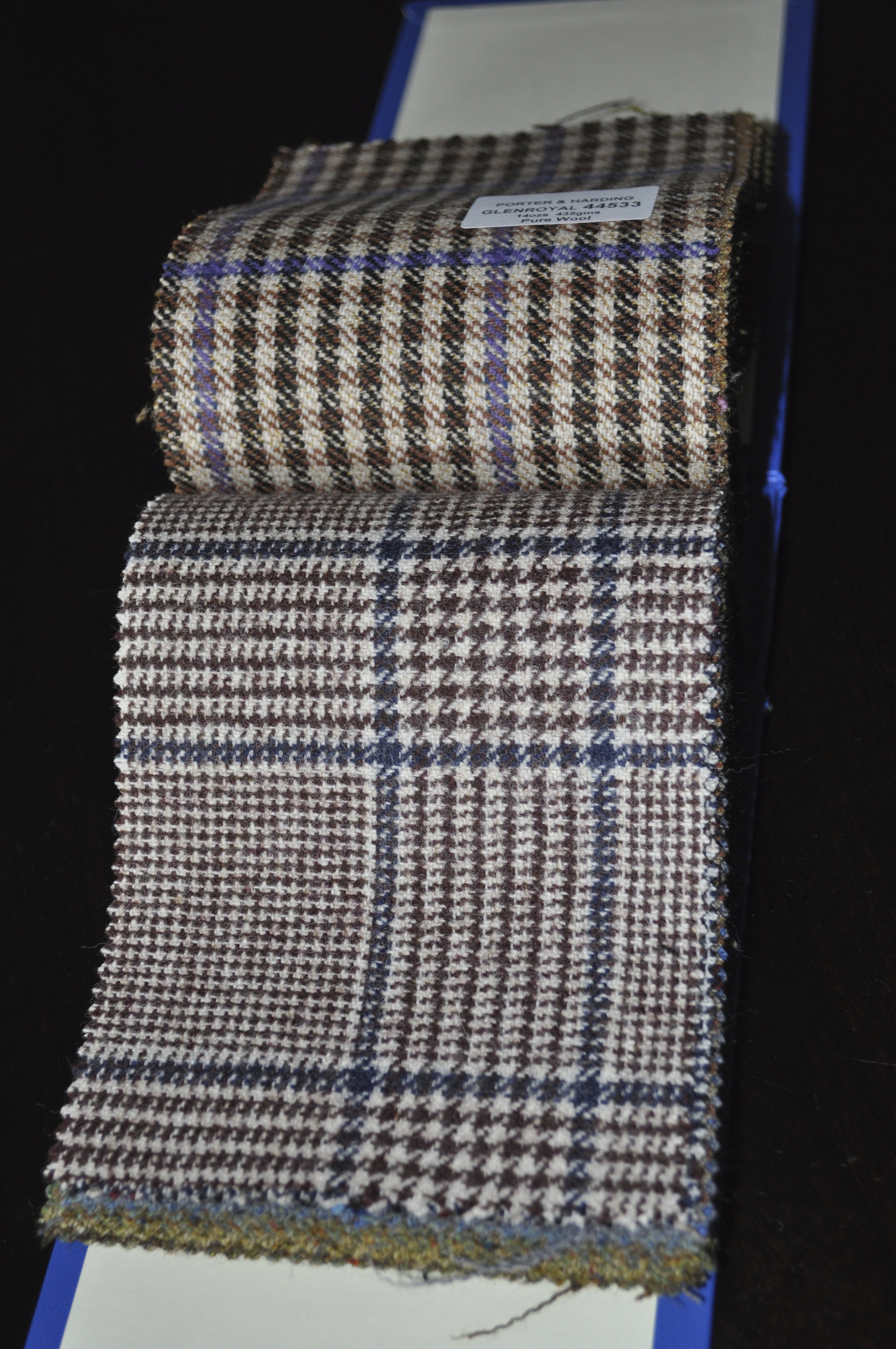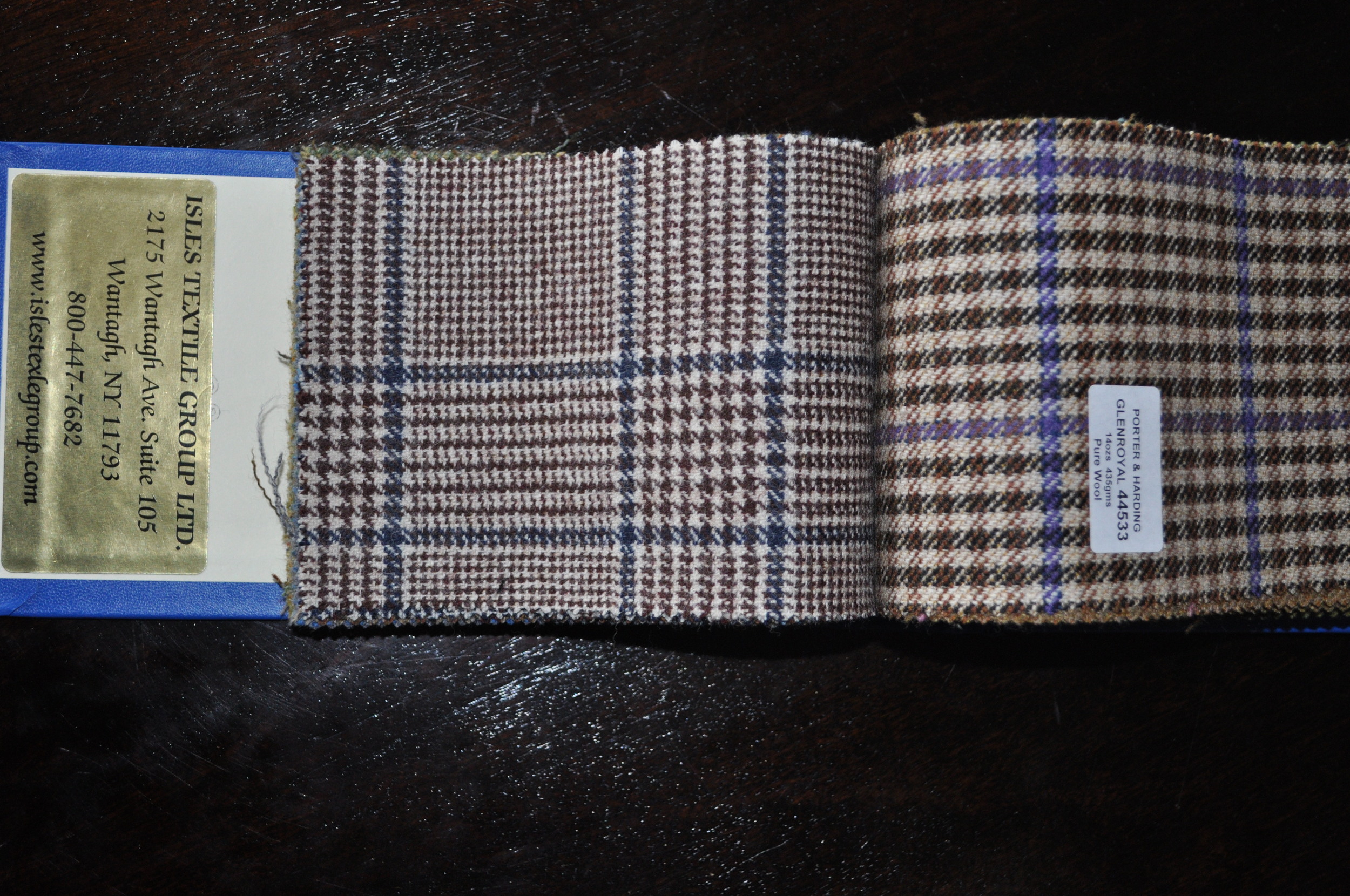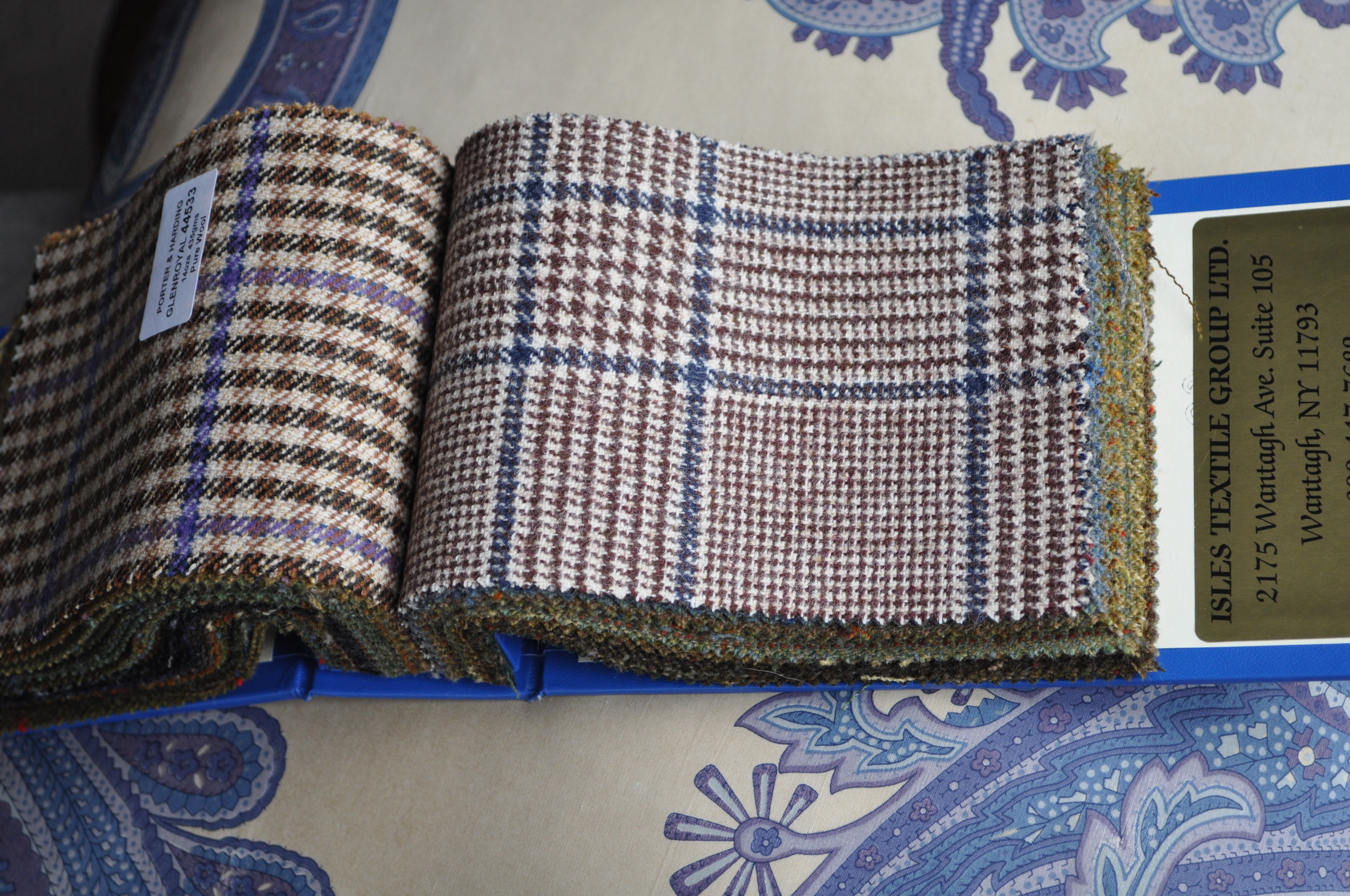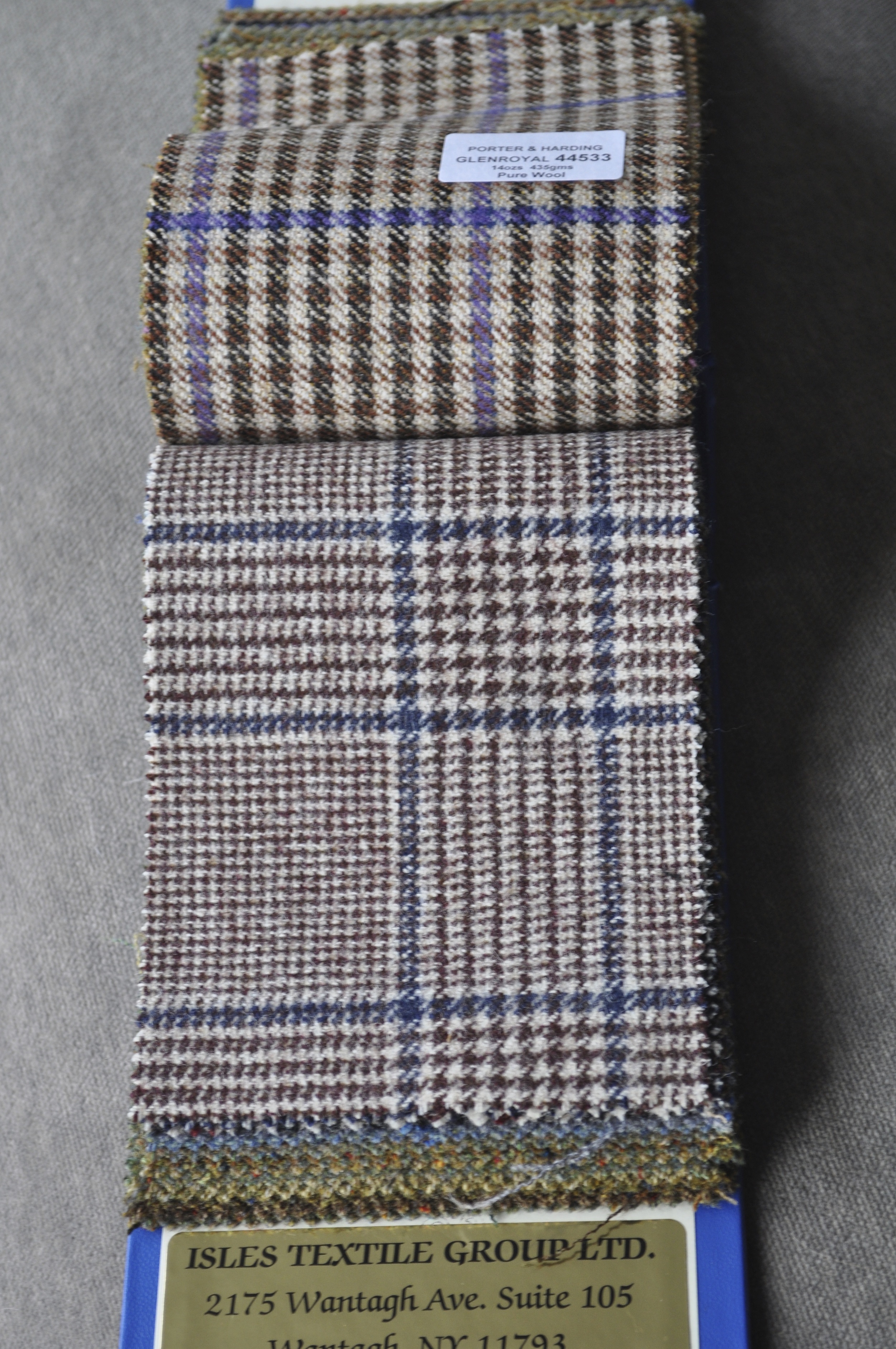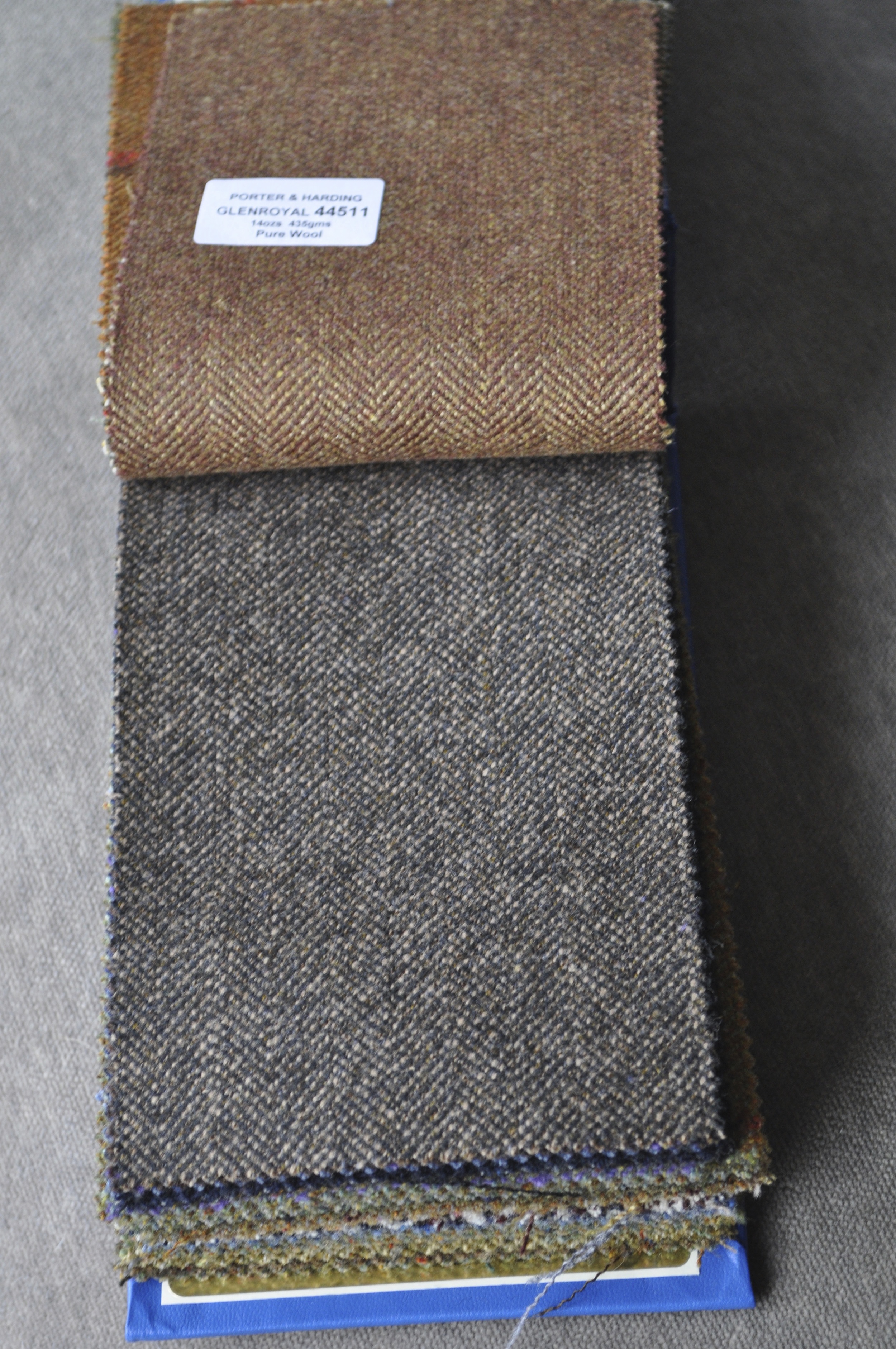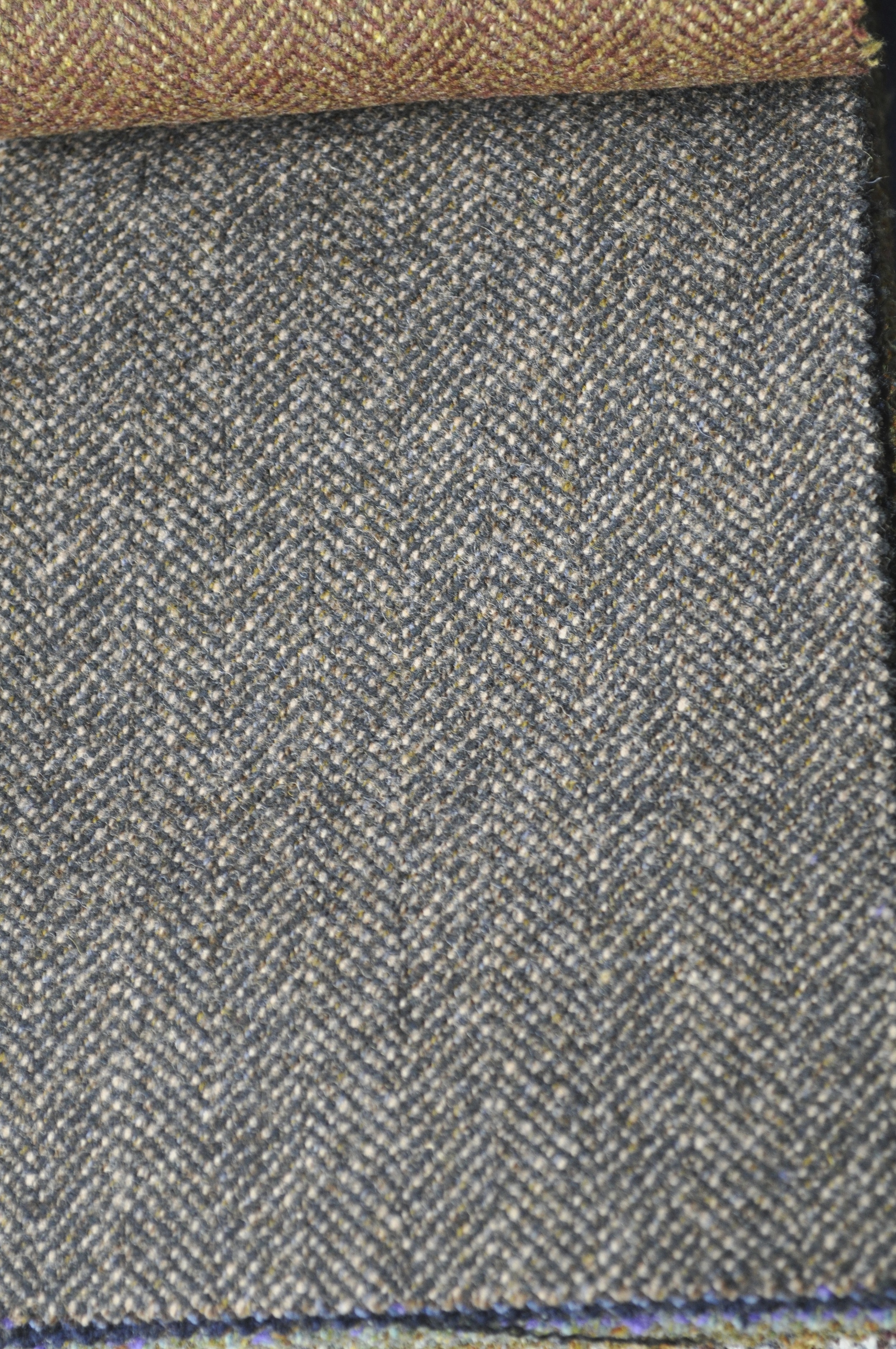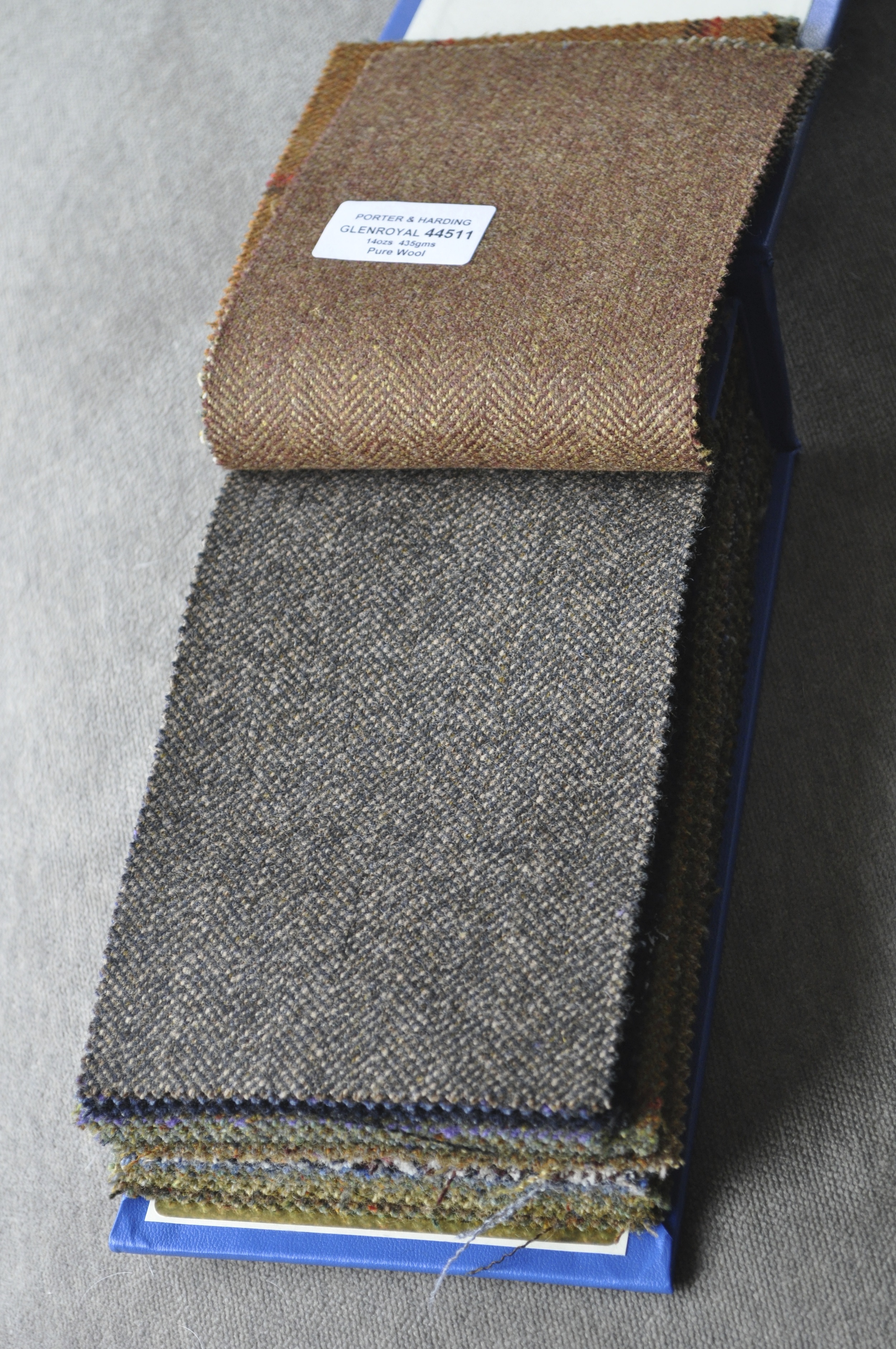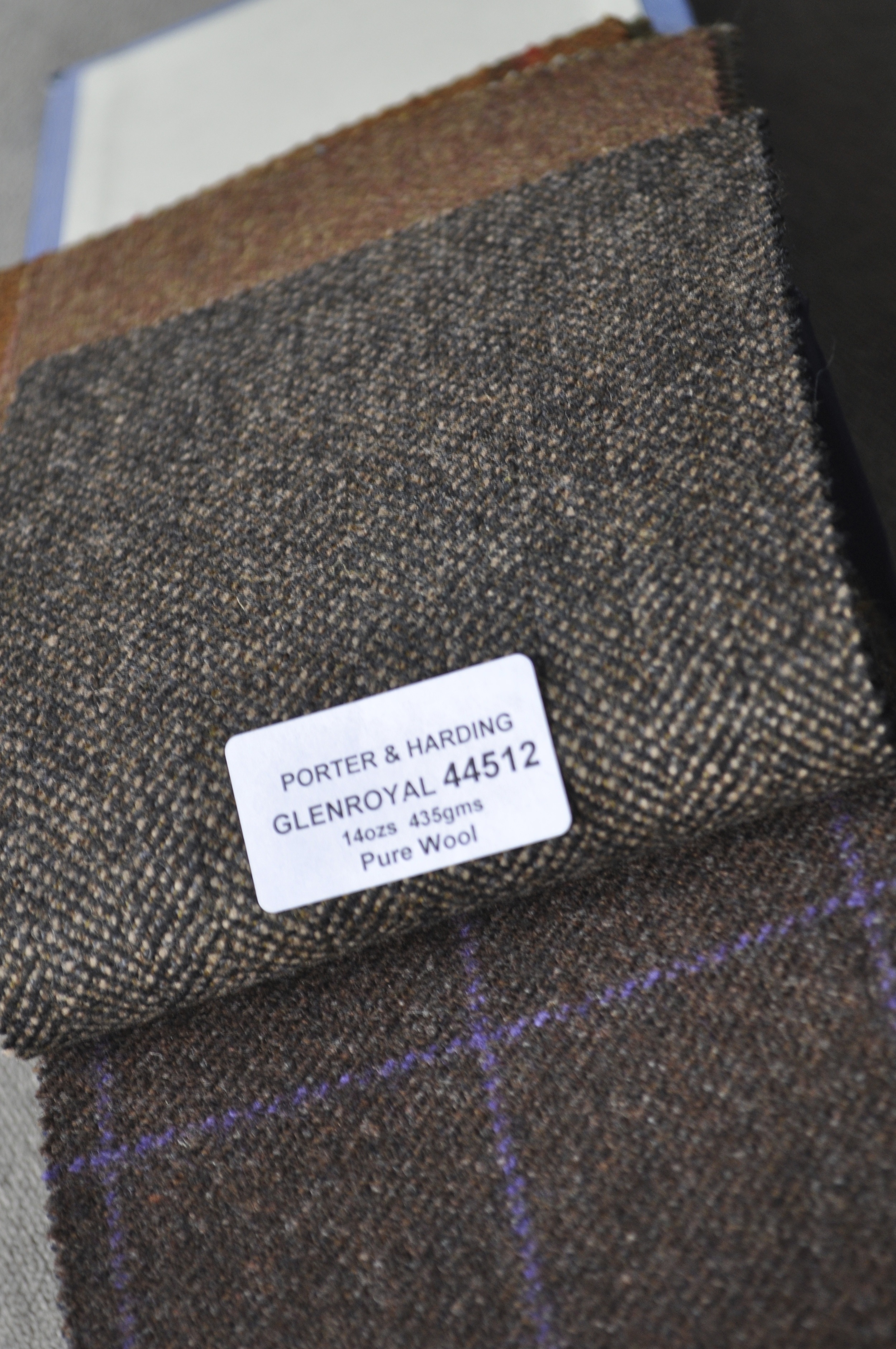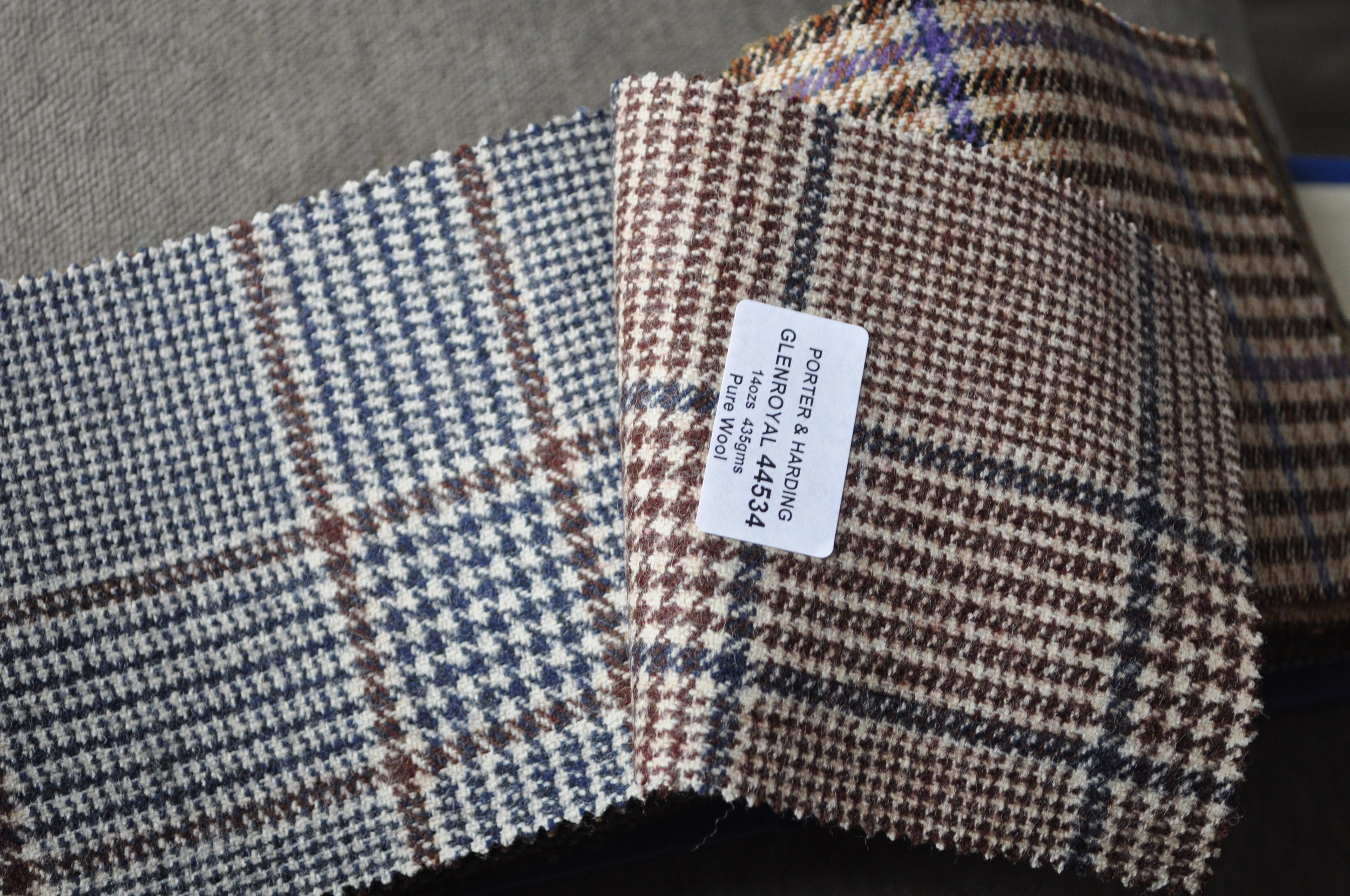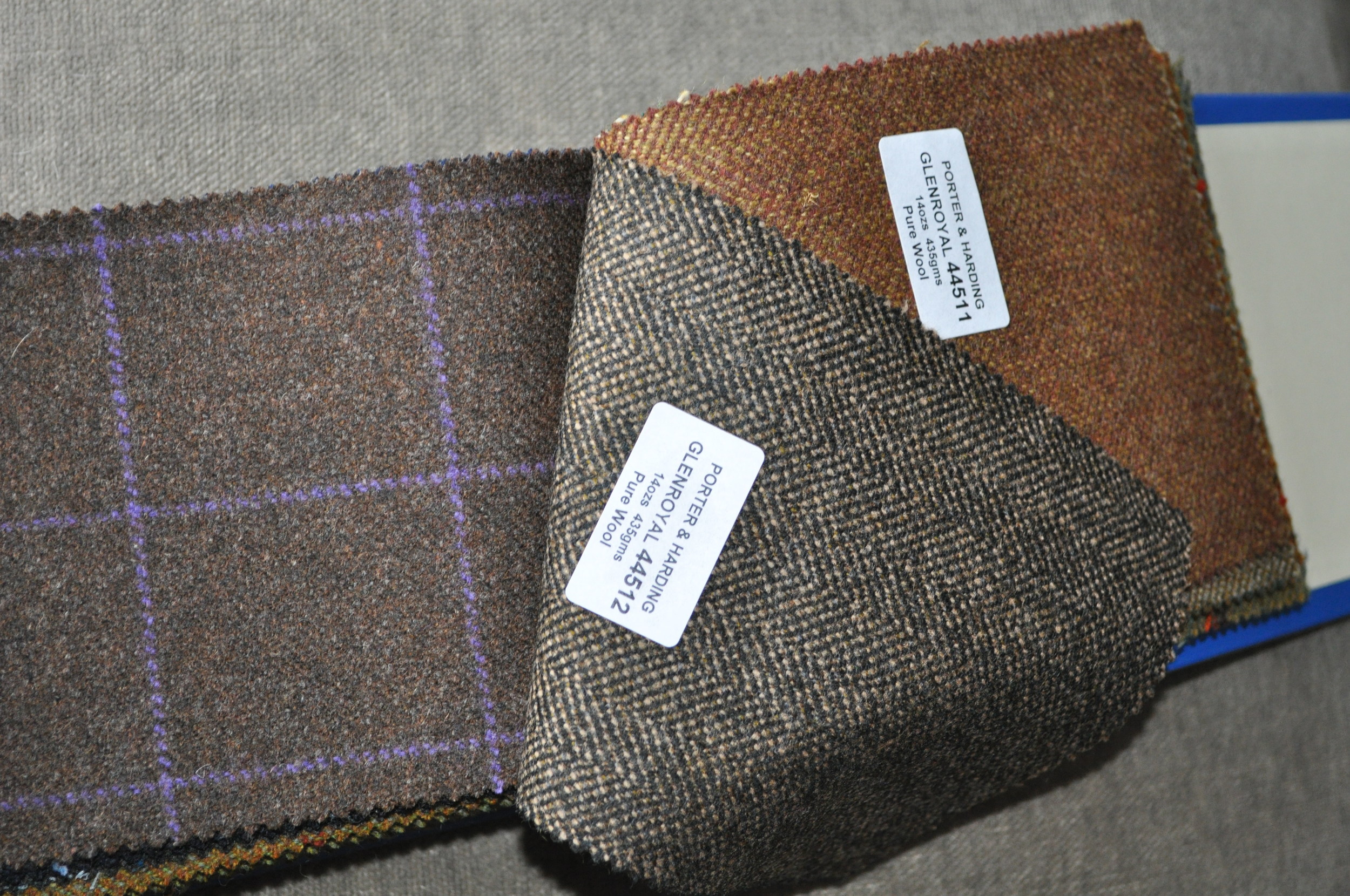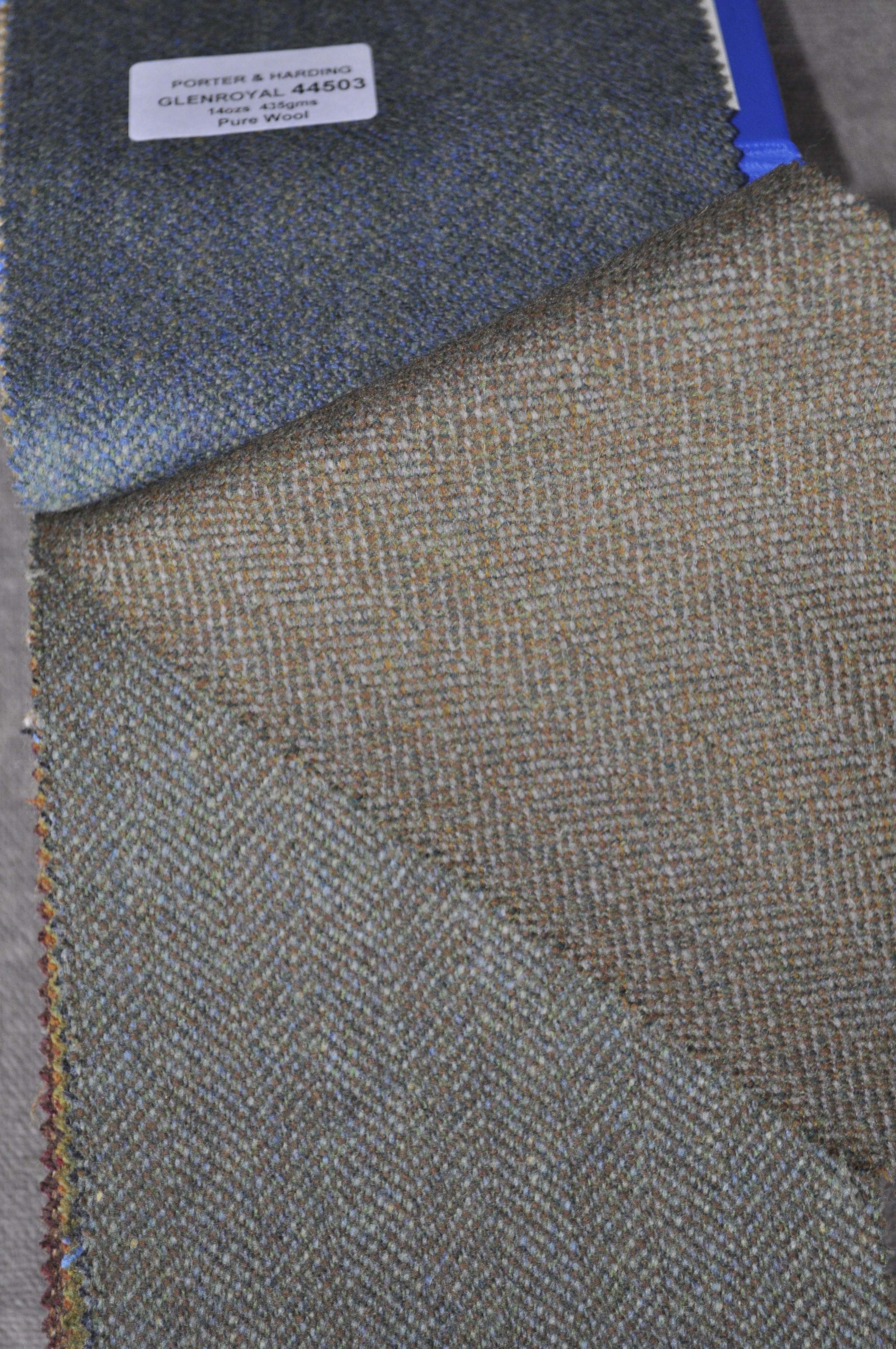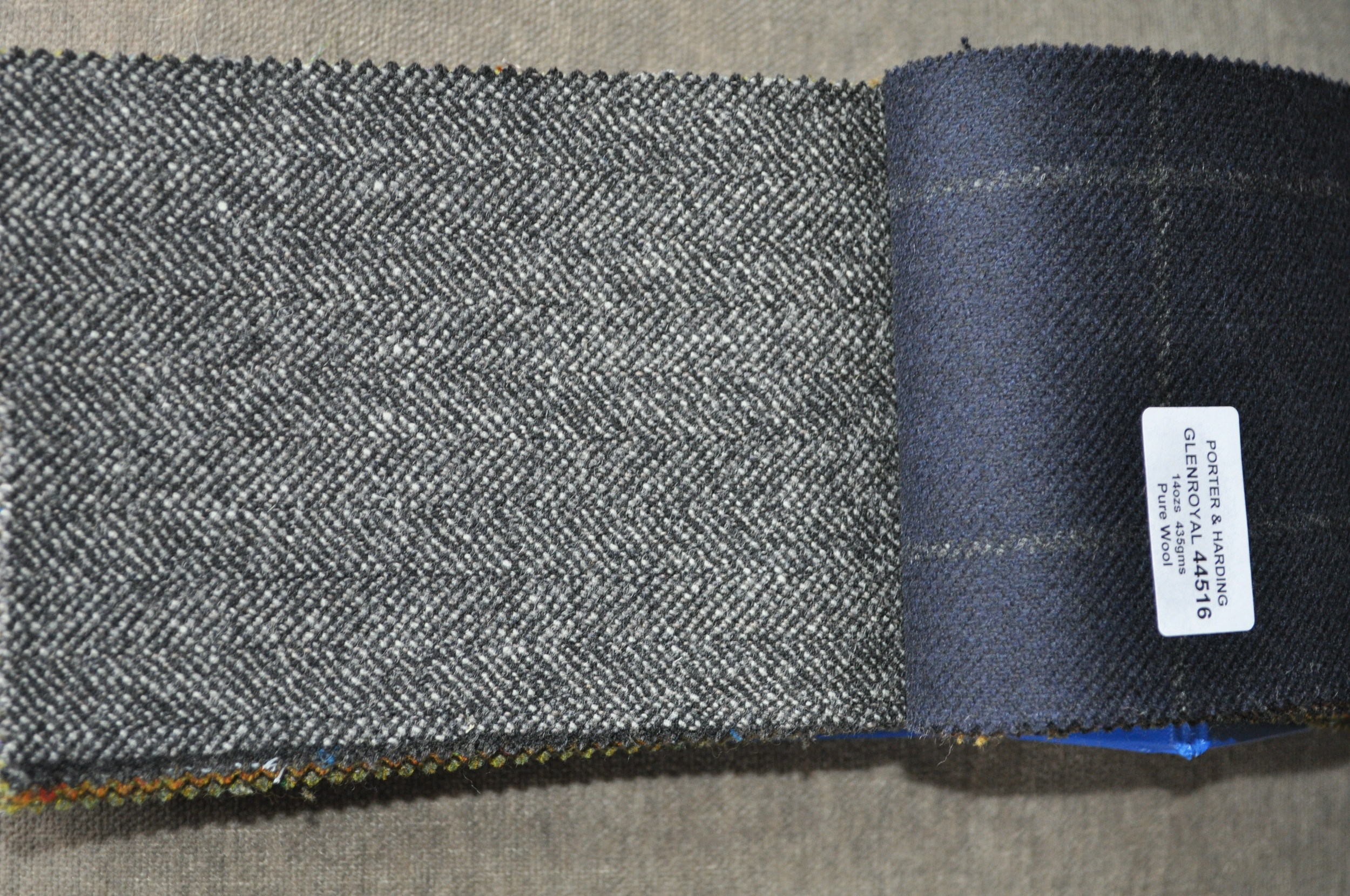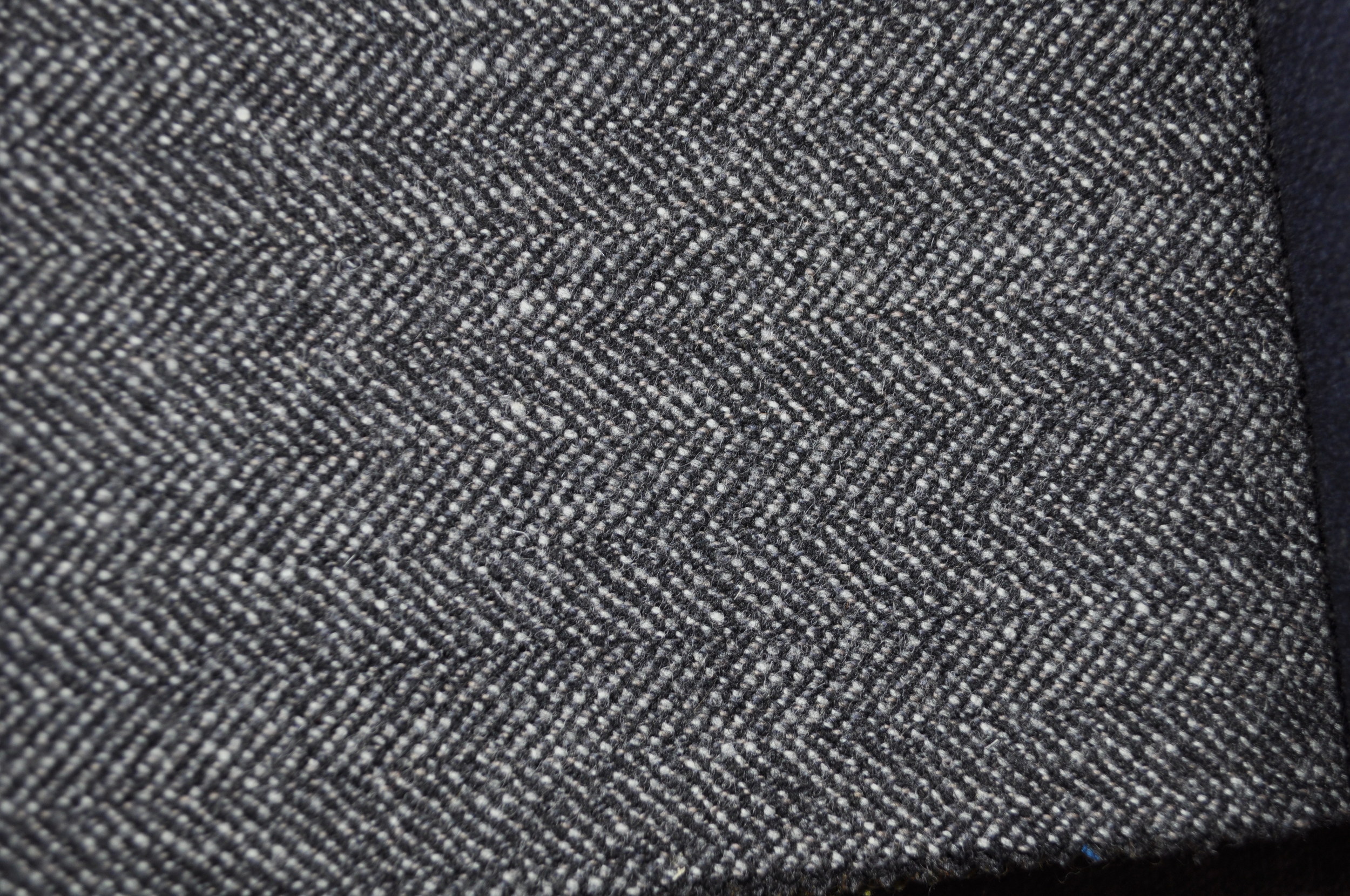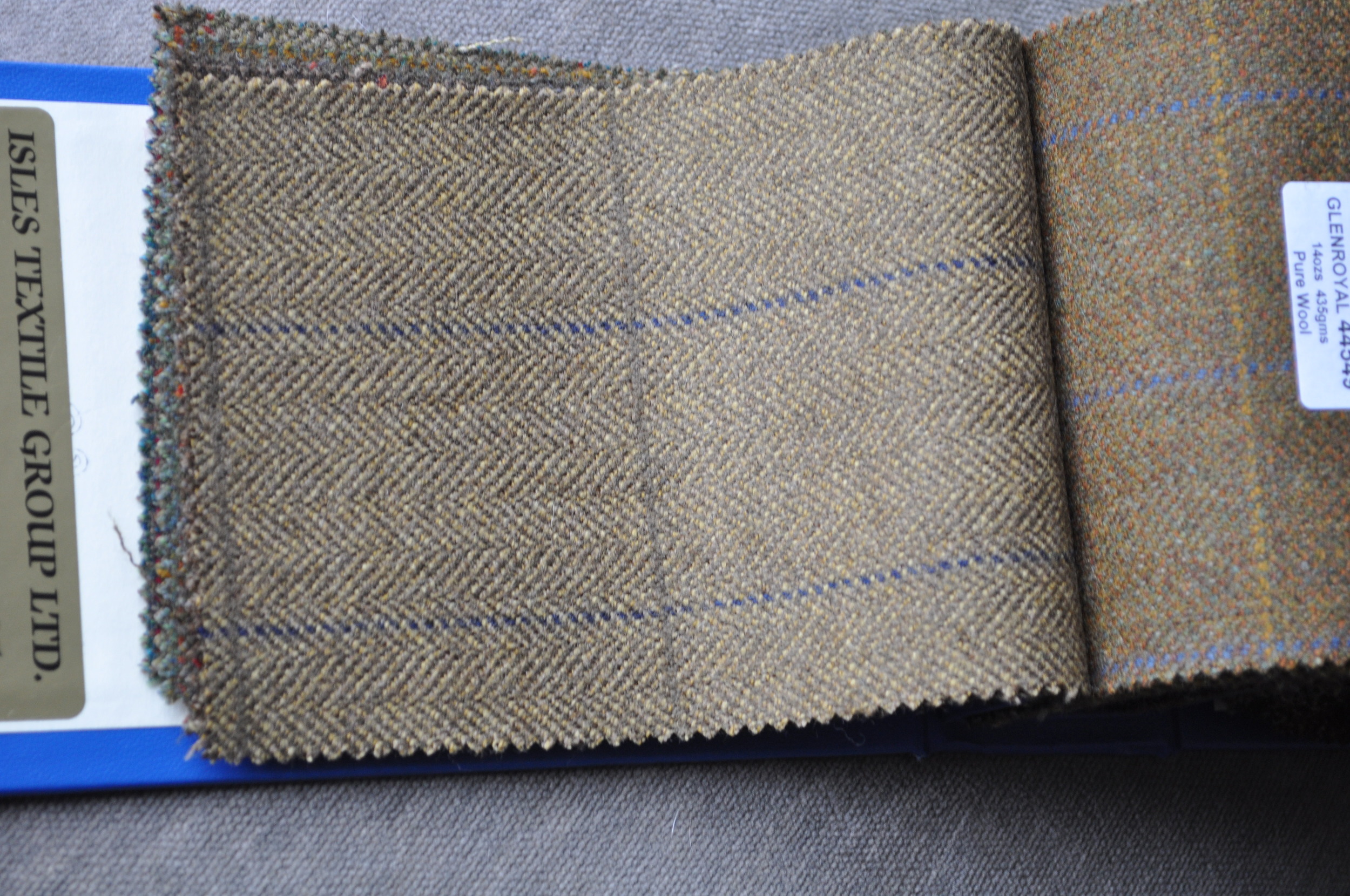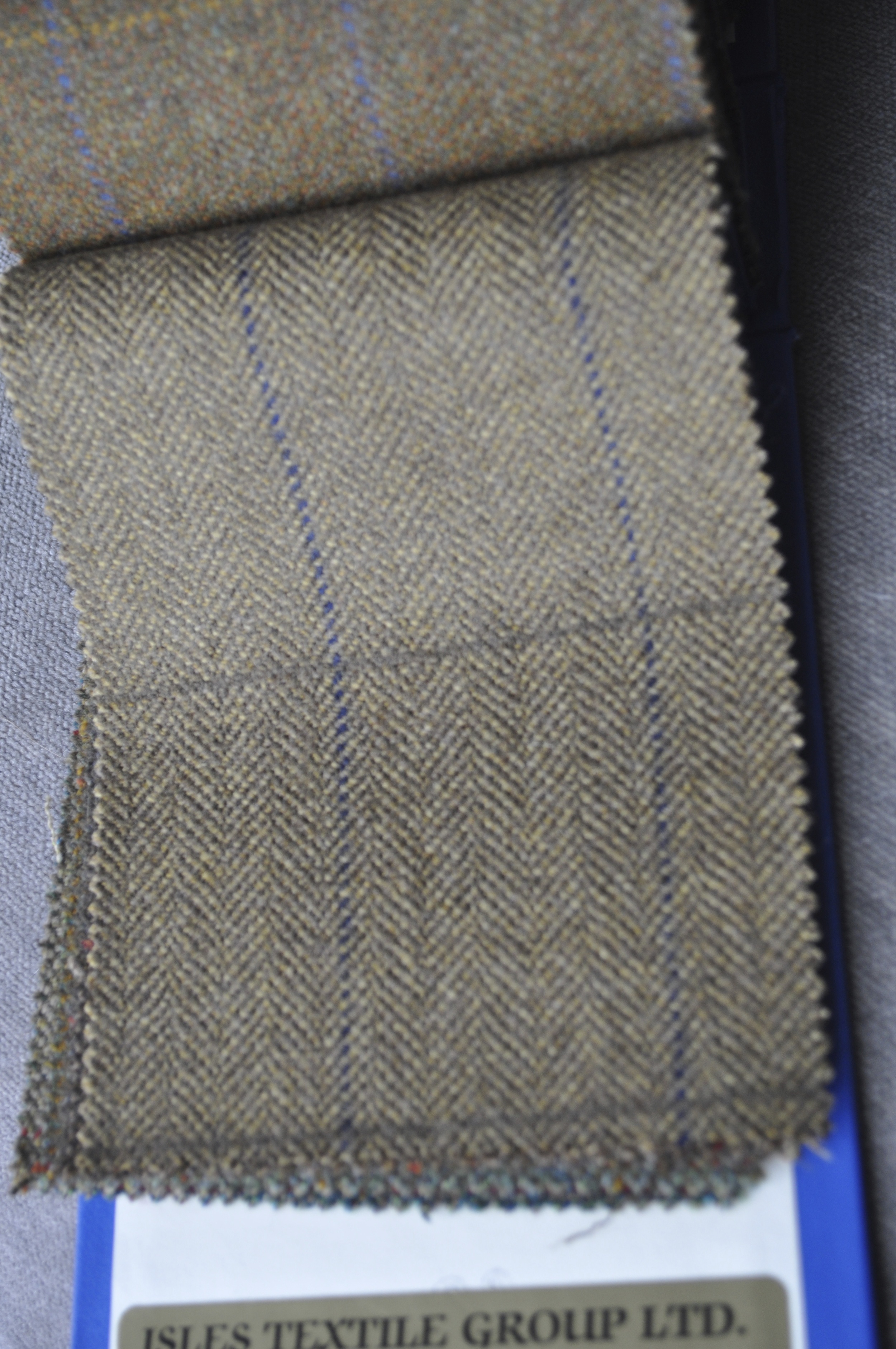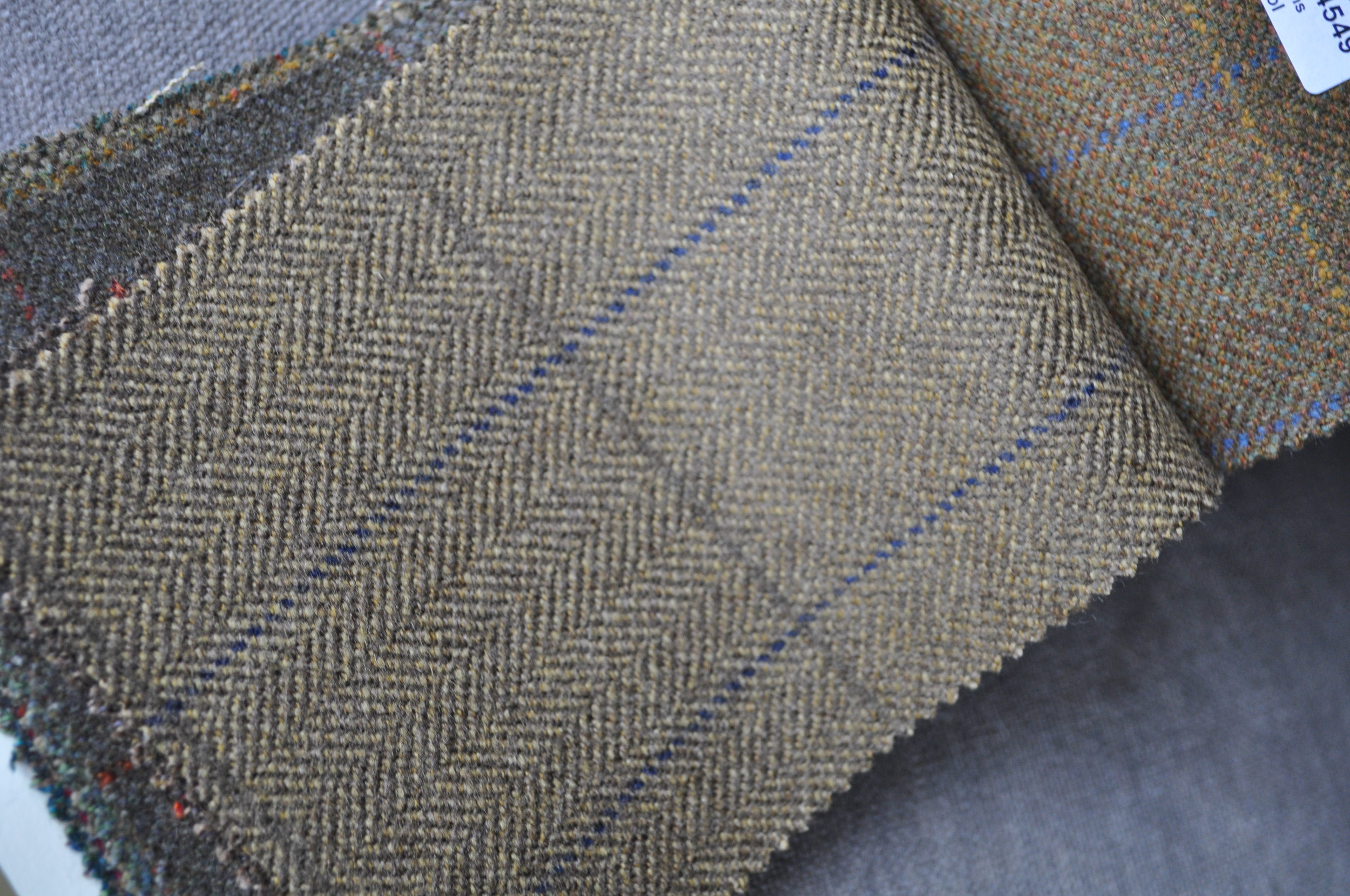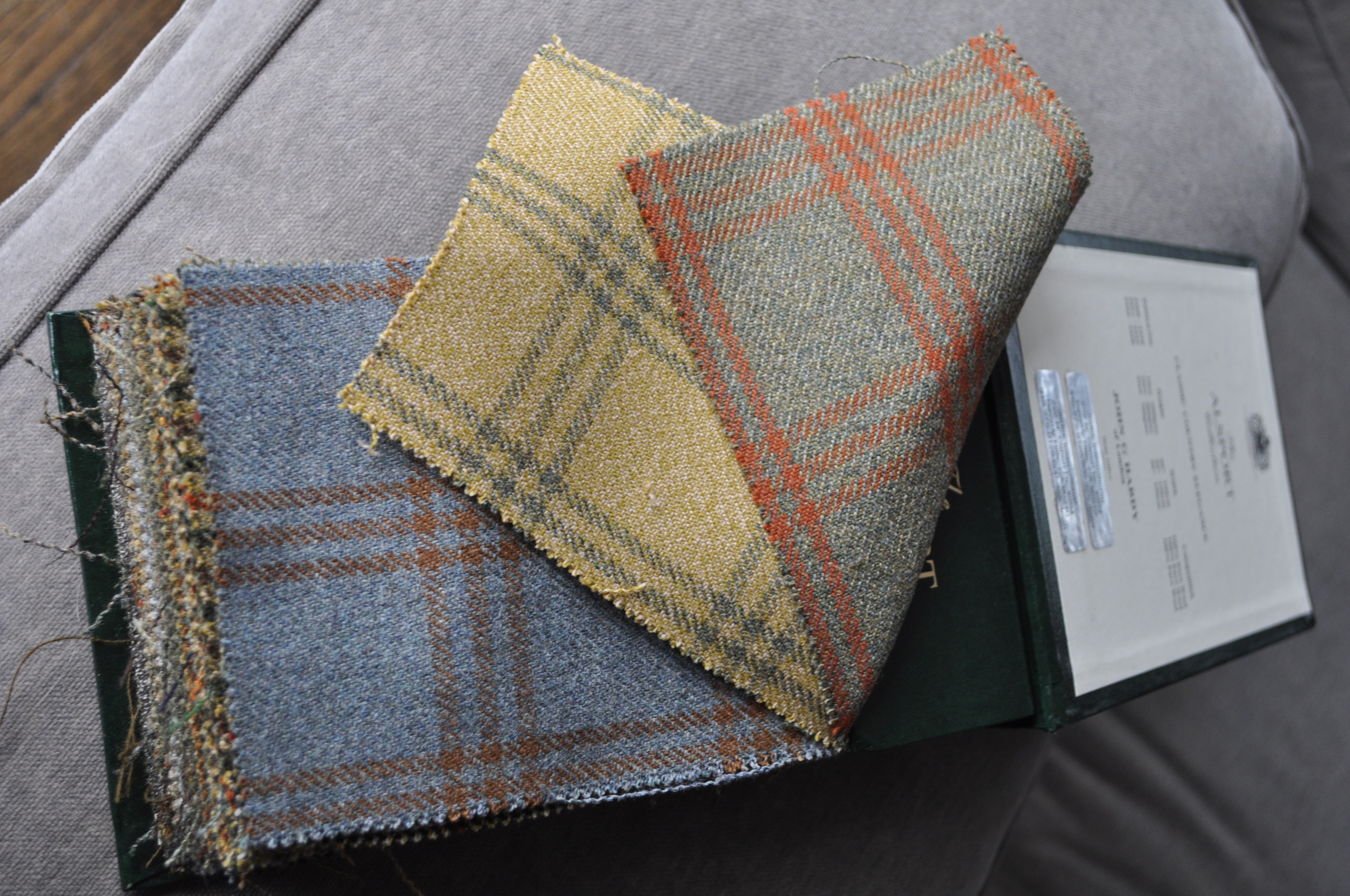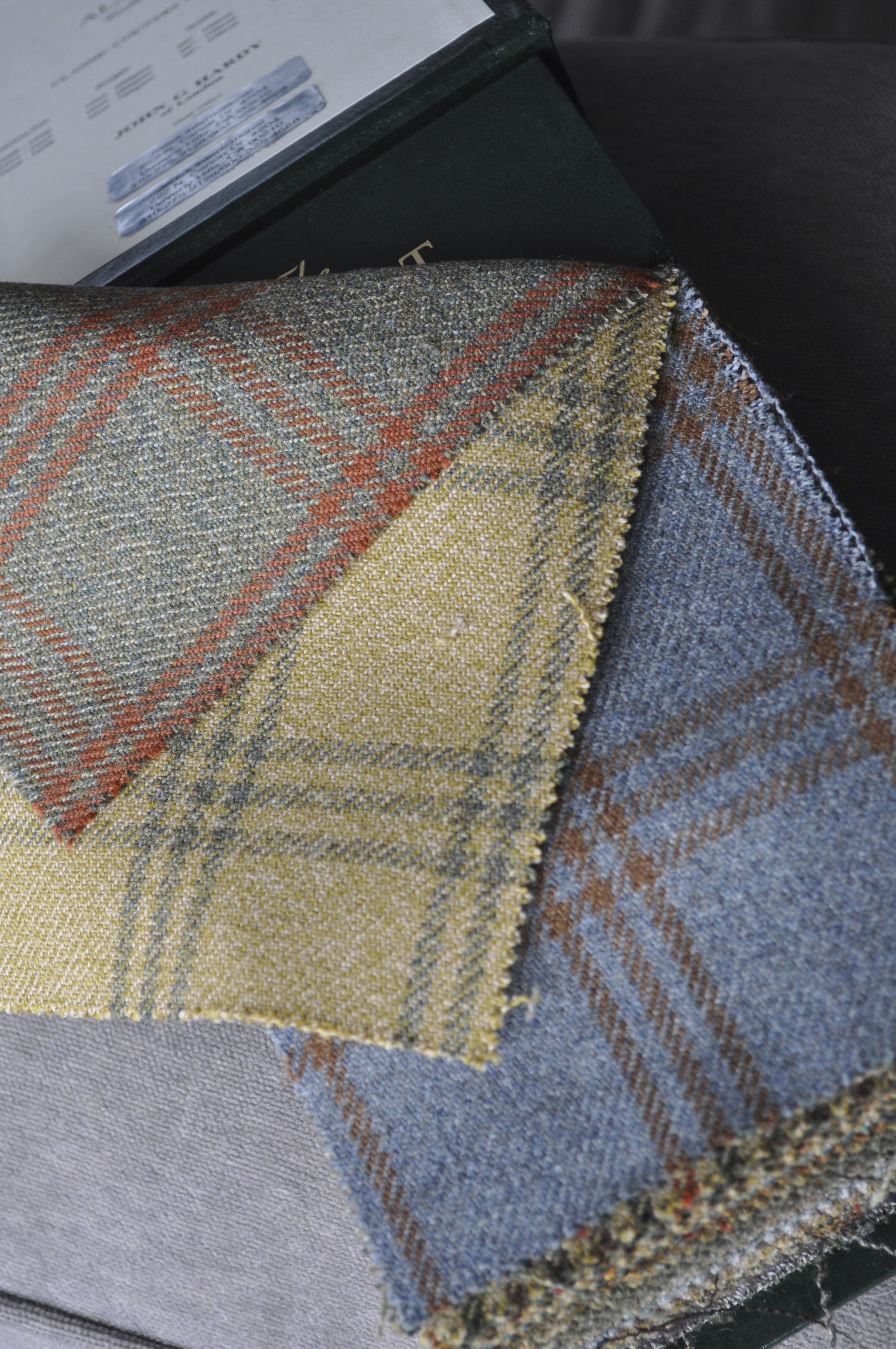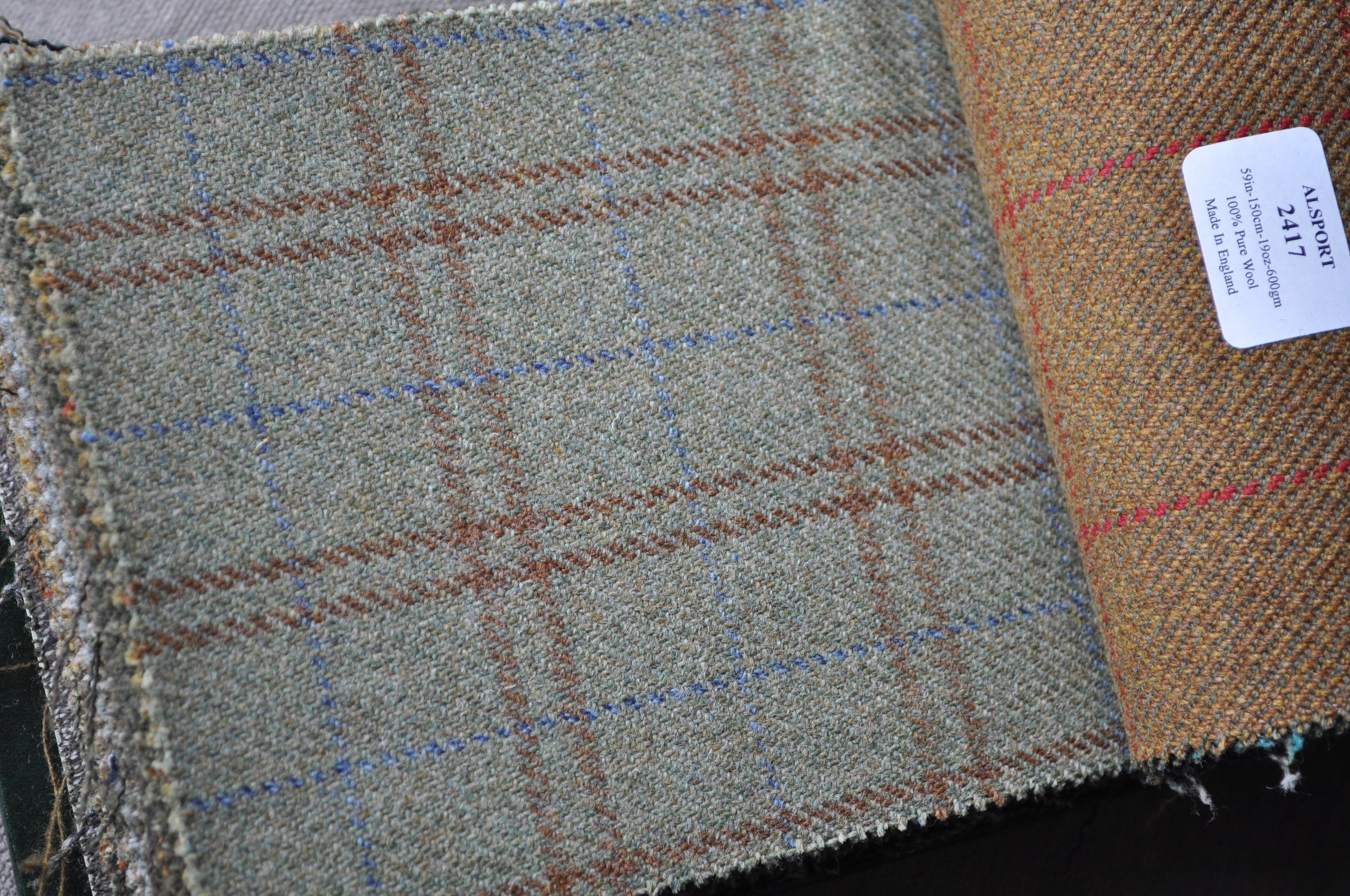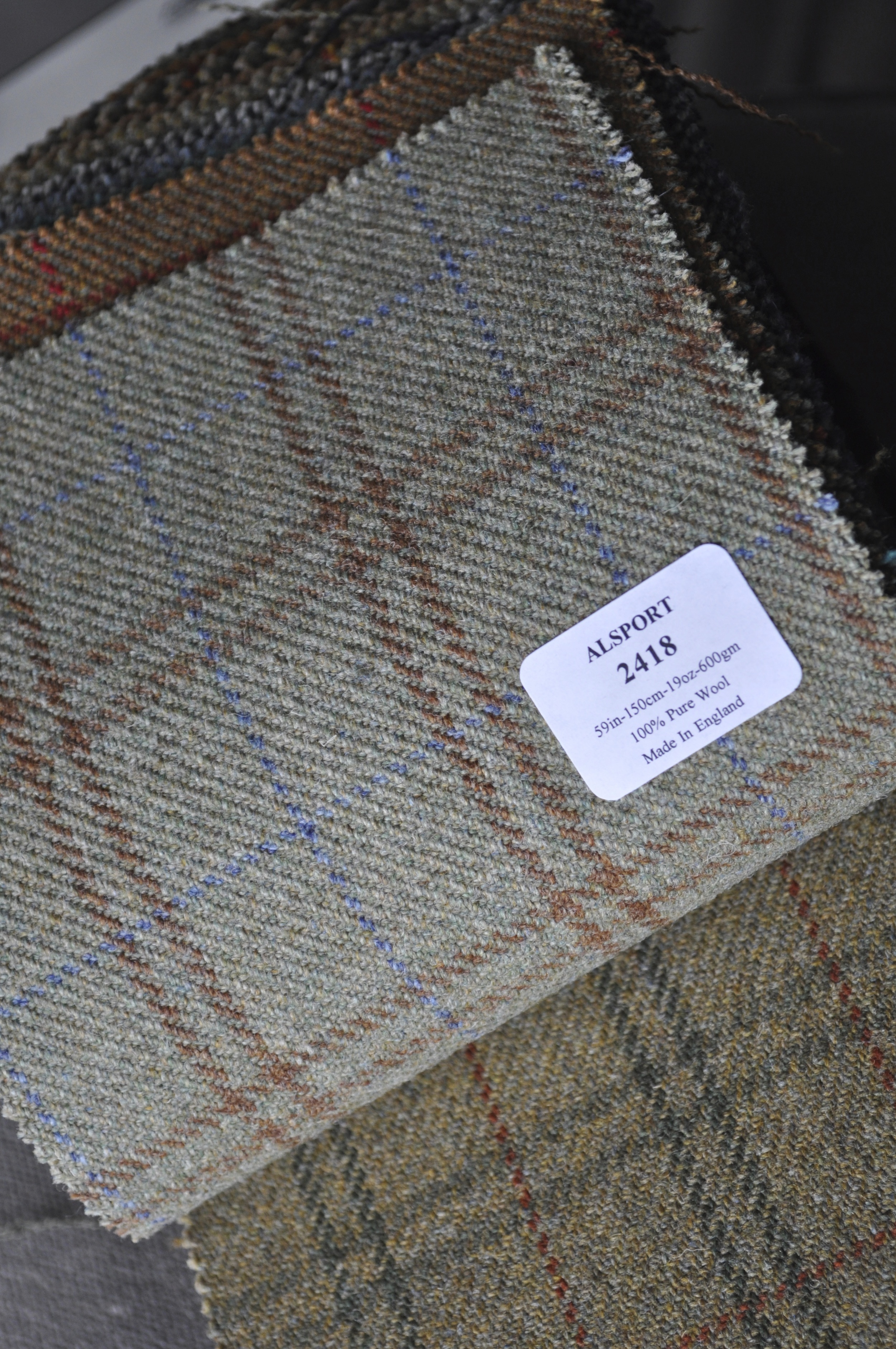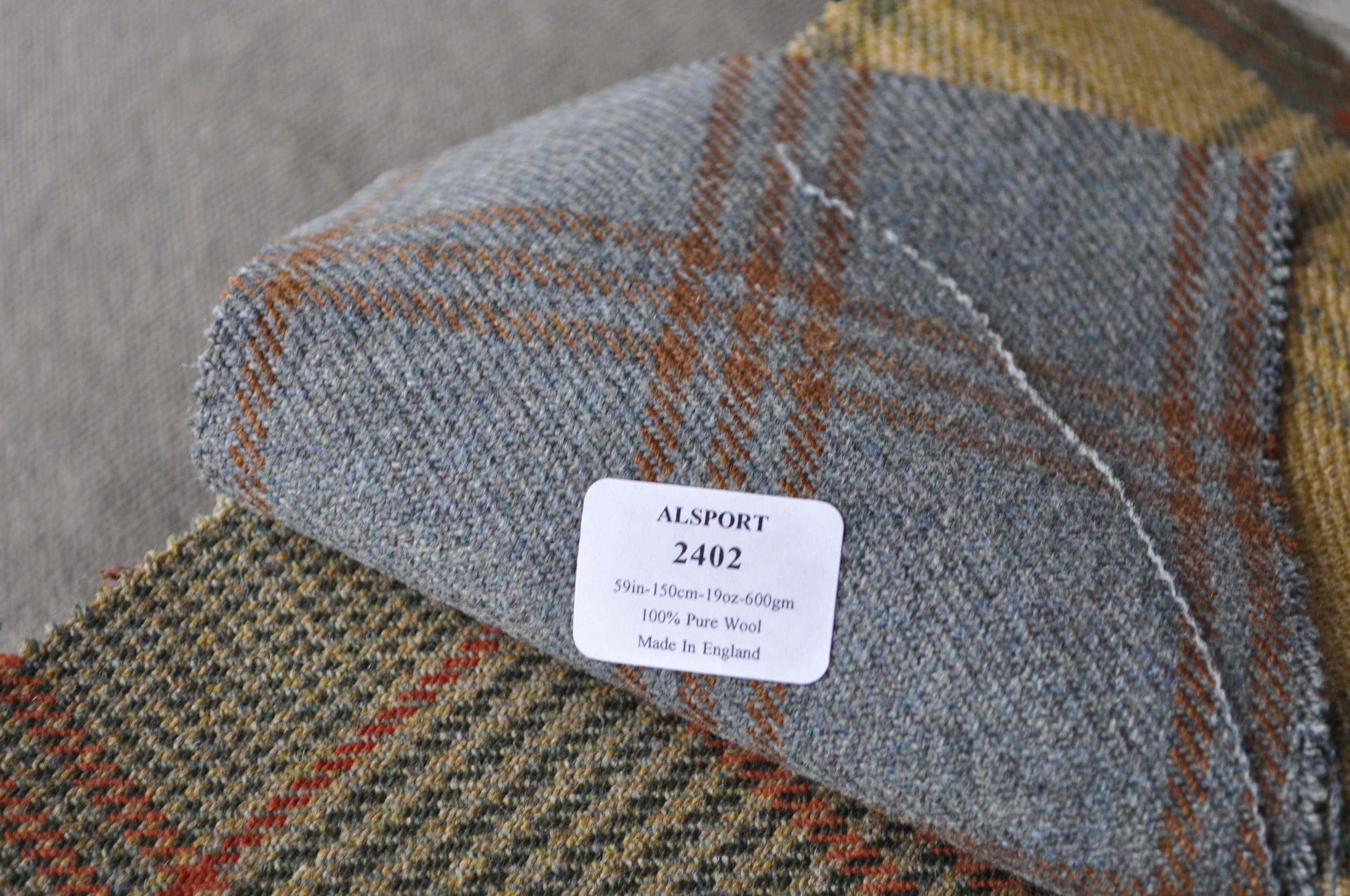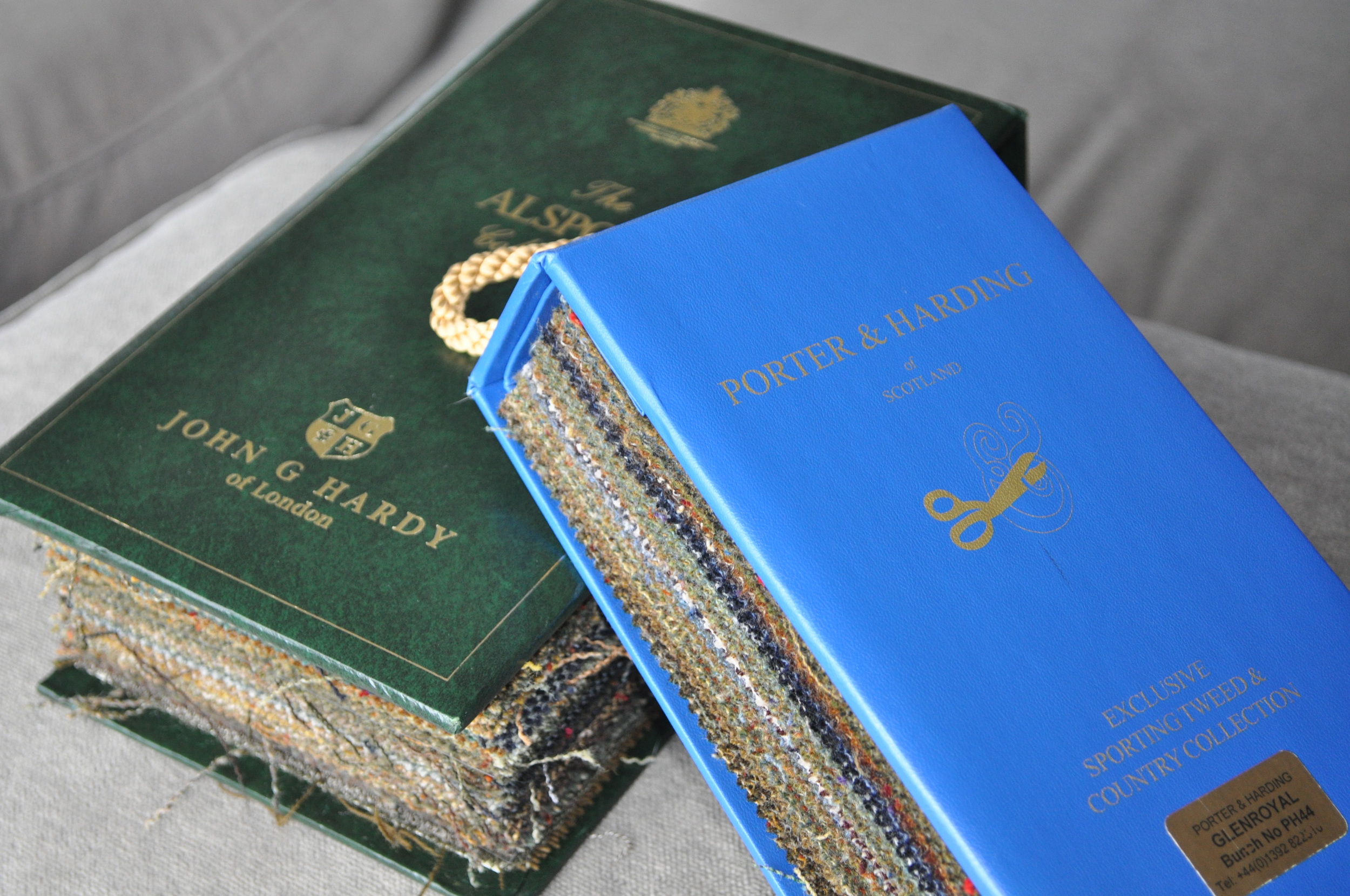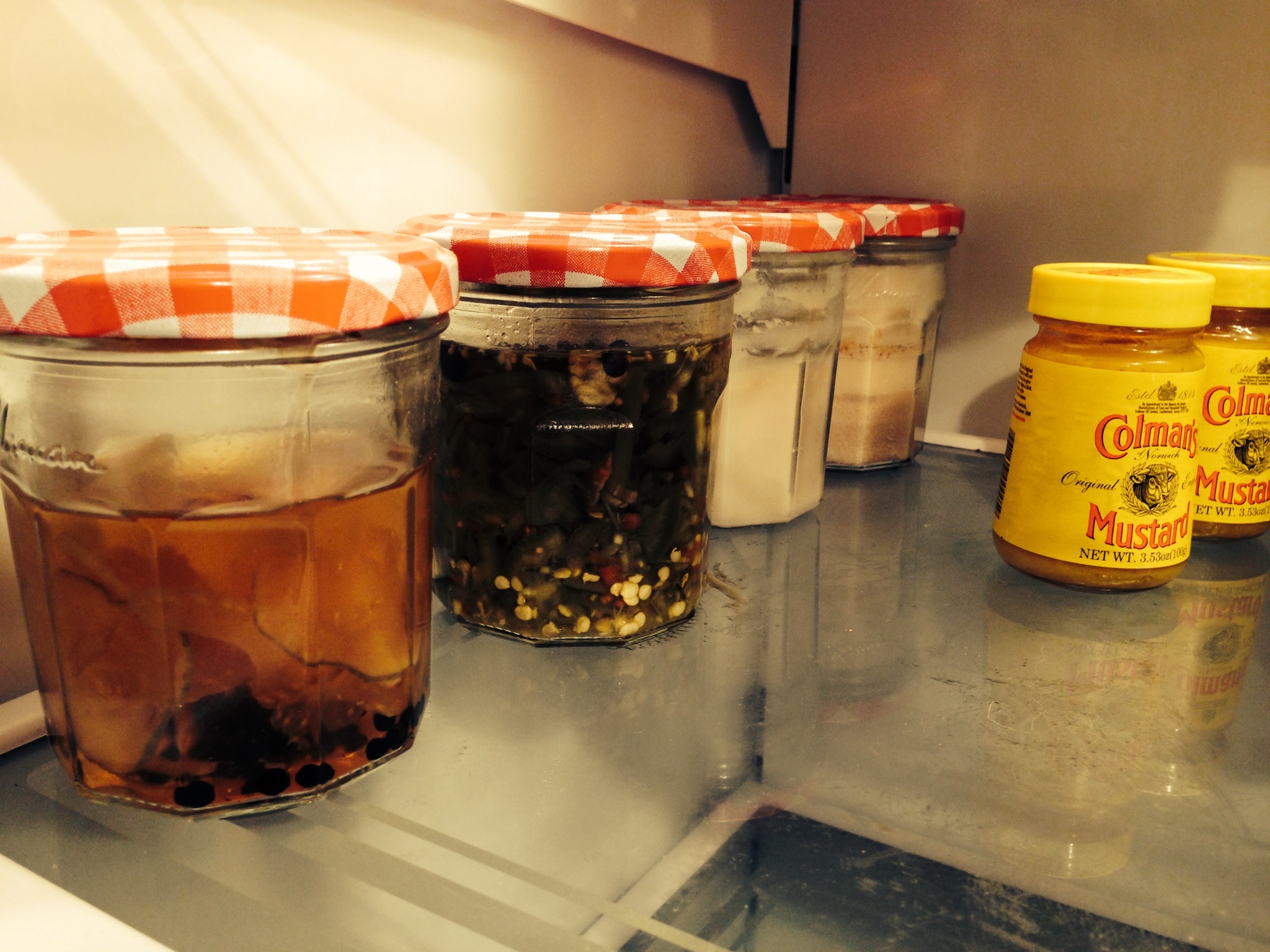Something like sixty empty jam jars once buckled a shelf in my kitchen. My then girlfriend (who agreed to marry me a few years later) thought it was weird; in fact before she would take our courtship any further she insisted I reduce my holdings considerably. I obliged, filling my shelves with designer tumblers and, eventually, the cut-glass tokens that uselessly accompany matrimony. For several years I longed for my stout jam jars; if not sixty, then a scant dozen to remind me that a bohemian streak glimmered still beneath the forced conformity that hobbles so many young couples.
Why jam jars? A Swiss father and English mother from an early age inculcated the appreciation of warm toast, butter and jam, a pleasure I practice to this day most mornings. With the jam, of course, comes a jar and a lid, and, when finished, the pressing question of whether to toss both or clean them for reuse. In leaner collegiate times, one could justify the regular purchase of pricey European preserves by making a firm commitment to retain the empties. A collection of half a dozen precluded further glassware; an expanded collection eliminated the need for tupperware. Assuming collegiates still use things like pens, toothbrushes and razors, the jam jar is handy. I understand they keep loose cigarettes fresh, and I had a girlfriend once who kept all her makeup in a few.
I must have consumed jam at a faster rate than my friends smashed or stole my jars, for I found one day in my early working life I had amassed several dozen. For one reason or another, my apartment became a sort of regular meeting place for friends and colleagues, and my jars rose to modest notoriety. I occasionally speak to old acquaintances from those carefree times who recall, if not much else, my jam jars.
I should pause here to specifically address the jam jar’s place as a drinking vessel. Moonshiners once favored the preserving-type jar for packaging their liquor, and similar molded glass cups and mugs have served in busy bistros and beer halls across Europe since the widespread manufacturing of the stuff began two centuries ago. Today’s jam jar is an ideal tumbler: strong, correctly sized, and unprecious. The lid is handy should you have to dash suddenly but wish to retain your drink, say at a house party which disturbs the peace. In more civilized surroundings the lid becomes a coaster, protecting grateful sideboards and mantels. And then there are the ineffable qualities to consider. A jam jar seems to cheer up poor wine; very good wine drunk from a jam jar will feel illicit--as if you’ve stolen the bottle from an oppressive employer.
Other uses. If you have any inclination toward pickling things you will quickly discover large mason-type jars are too big. (Who really is going to use a pint of pickled okra)? The small jam jar is different; its manageable size will encourage experiments with the dregs of your vegetable drawer. Pickled kohlrabi, for instance, is delightful with cold beef, and I credit the jam jar for the discovery.
If you enjoy pottering around the house, try this: firmly glue several lids to the bottom of a shelf. Once affixed, the jars can be screwed into the lids creating transparent and convenient storage for nuts, bolts, clips, tacks and twine. Actually, if you are the crafty sort, you doubtless have other ideas with which to fill the comments section below.
Strangely enough, following a dreary eight year dearth, jam jars once more dominate our shelves. Stranger still is the culprit for the reinvigorated collection: a baby. In a sweet I told you so moment the other day, I glanced over my shoulder to see my wife with two jars. One contained left-over soup, which she uncapped and popped in the microwave for our daughter’s lunch. The other she gave to our daughter who methodically filled it with odd bits of her sidewalk chalk. I couldn’t mask a smile. Perhaps these uses aren’t in the same romantic spirit as those cocktail parties of years past, but it makes me immeasurably happy to think a tradition might have been created.
House Party Dash:
Throw several ice cubes (or a handful of crushed ice) into a jam jar along with two ounces of whiskey, an ounce of lemon juice and a sugar cube. Put the lid on and shake vigorously until the sugar has mostly disappeared. Top with a splash of soda. And keep the lid handy for Pete’s sake.
Bread and Butter Kohlrabi Chips:
Thinly slice some kohlrabi and put it in a sterilized jam jar. Heat up two cups of apple-cider vinegar in a small saucepan with ten whole peppercorns, a teaspoon of mustard seeds, two bay leaves and a a tablespoon each of salt and sugar. Pour the mixture into the jar and seal with the lid. Put in the refrigerator. You’ll notice the jar will vacuum-seal itself as it cools.
